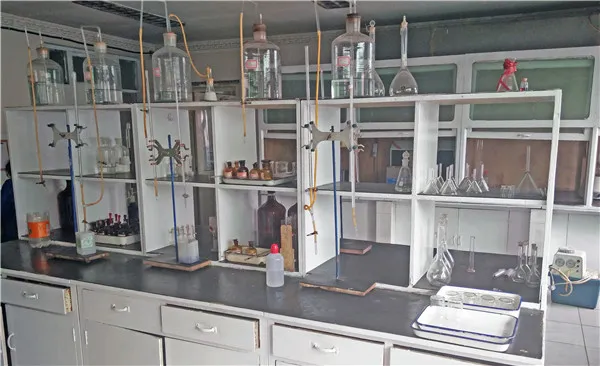Understanding the Role of Chemicals in Water Treatment Plants
Water treatment plants play a vital role in ensuring that the water supplied to communities is safe for consumption and free from contaminants. One of the crucial components of this process is the use of chemicals that assist in the treatment and purification of water. These chemicals serve various purposes, including coagulation, disinfection, and pH adjustment, among others. Understanding the role and importance of these chemicals can help us appreciate the complexity and necessity of water treatment processes.
Coagulants
Coagulation is one of the first steps in the water treatment process. This involves the addition of coagulants to water to remove suspended particles and impurities. Common coagulants include aluminum sulfate (alum) and ferric chloride. When these chemicals are added to water, they destabilize the fine particles, allowing them to clump together into larger aggregates known as flocs. This process is essential for improving water clarity and ensuring that pathogens and other harmful substances can be effectively removed in subsequent treatment steps.
Flocculants
Alongside coagulants, flocculants are also utilized in water treatment. While coagulants help to form flocs, flocculants aid in the further aggregation of these flocs, making it easier for them to settle out of the water during sedimentation. Polyacrylamide and cationic polymers are examples of flocculants used in the treatment process. By enhancing the settling rate of the flocs, flocculants improve the efficiency of the sedimentation tanks and reduce the overall treatment time.
Disinfection
water treatment plant chemicals

Disinfection is a critical step in ensuring that water is safe for human consumption. The primary objective is to eliminate or inactivate pathogenic microorganisms. Chlorine has been a traditional choice for disinfection due to its effectiveness and affordability. However, the use of chlorine can lead to the formation of disinfection by-products (DBPs), which may pose health risks. Therefore, many water treatment facilities have begun to explore alternative disinfectants, such as ultraviolet (UV) light and ozone. These methods help to sanitize water without leaving harmful residues but require careful implementation to ensure adequate microbial inactivation.
pH Adjustment
The pH of water plays a significant role in its chemical reactions and overall quality. Water with a high or low pH can affect the effectiveness of certain treatment processes and the solubility of metals and nutrients. Therefore, chemicals such as lime or sodium hydroxide are often added to adjust the pH to an optimal range. Maintaining the proper pH not only enhances the efficiency of coagulation and flocculation but also ensures that the water is treated for corrosion and scaling potential before distribution.
Nutrient Removal
In some cases, particularly in wastewater treatment, chemicals are necessary to remove excess nutrients like nitrogen and phosphorus, which can lead to harmful algal blooms in receiving water bodies. Agents such as alum or ferric chloride are commonly used to precipitate phosphorus from the water, while biological processes are often employed to eliminate nitrogen. Managing nutrient levels is crucial for protecting ecosystems and promoting sustainable water practices.
Conclusion
The complexity of water treatment plants cannot be overstated, and the role of chemicals in this process is vital for providing safe and clean drinking water. From coagulants and flocculants to disinfectants and pH adjusters, each chemical serves a purpose that contributes to the overall efficacy of water treatment. As technology and research continue to advance, the methods and chemicals used in water treatment will undoubtedly evolve, leading to even more efficient and eco-friendly practices. Understanding the significance of these chemicals helps to highlight the importance of water treatment facilities in maintaining public health and environmental sustainability.

